You can see them everywhere. On towers of overhead lines, in power stations, converter stations, transformer stations, etc... Sometimes they are rubber, sometimes metallic, sometimes glass, sometimes porcelain. What is the purpose of these conical layered discs? Why do these things have this shape?
- 155
- 1
- 4
-
2Most are ceramic. They are insulators designed to lengthen the arc path. – Jack Creasey Nov 19 '17 at 00:42
-
1They are round so they do not have sharp corners which would forms a potential riser on the corners. They are modular and stacked because they are very heavy and would be fragile if they were one large piece. – Trevor_G Nov 19 '17 at 02:02
-
1The hanging ones are also free to flex which is an important part of their strength under high winds. – Trevor_G Nov 19 '17 at 02:25
-
1The shape also helps them shed water ie rain... – Solar Mike Nov 19 '17 at 05:20
-
What about these metallic-looking ones on transformers? – user74200 Nov 19 '17 at 12:40
-
1I don't think this is a duplicate... if it is then scrap the last one, this one has better pictures and better answers. – Voltage Spike Nov 20 '17 at 06:09
1 Answers
These 'stacked cyclindrical discs' are all INSULATORS, which are used to provide adequate CLEARANCE and CREEPAGE DISTANCE between high-voltage parts and earth.
CLEARANCE is the shortest distance in air between two conductors. Air is an insulator with an insulation value measured in kV/mm. You have to provide enough clearance between parts so that arcs don't jump through the air between parts.
CREEPAGE is the shortest length along a surface between two conductors. The surface of an insulator gets contaminated with water, dust, salt, etc. which is conductive. You have to provide enough "creepage distance" along the surface of the insulator, so that the electricity doesn't track through the water, dust, salt etc. and start arcing.
The shape is to maximise the creepage distance (along the SURFACE of the insulator) and to break up the flow of water along the surface. (If you had a simple cylindrical insulator, one rivulet of rainwater from top to bottom would cause an arc!)
When there's nothing inside the discs, they're called 'insulators'. The brown discs in the photo above are insulators. For transmission line use, you usually get individual discs and link them together into 'strings'. The more insulators in the string, the more voltage it can withstand.
In the photo above, the insulator is part of something else.
The photo above is of a current transformer - a device for measuring large currents (at high voltage). The circuit being measured might carry 2,000 amps at 132kV. The current transformer would scale the current down to 1 amp for measurement purposes.
The insulator is required to isolate the 132kV conductors at high voltage, from the measurement circuit at low voltage.
- 8,931
- 27
- 50
